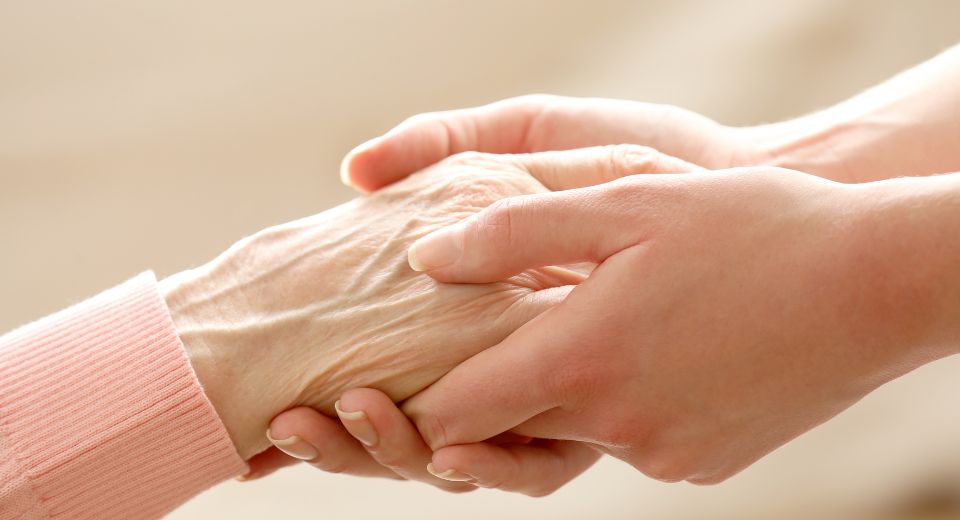
Author: Alison Sims, MD
Over the decades our skin naturally gets thinner and when we add sun damage, cigarette smoking, and certain medications, the aging process is accelerated. The older, more damaged skin types have lost their elastic nature and the skin tears easily like delicate tissue paper with even the smallest of accidents. One of the most common injuries that present in our clinic is thin skin tears. Those at risk for thin damaged skin include people over the age of 70, people on corticosteroids and/or blood thinners, people who have smoked most of their lives, or people who have had decades of sun damage.
Most often the circumstances of skin tears are ordinary activities such as bumping against furniture in a dark room at night, walking into open dishwasher doors, getting scratched by a pet, getting struck by a branch while gardening, getting bumped by a wheelchair, or just walking into a table corner. All of these instances highlight the need to take care of your skin, especially on your arms and legs. Simple measures to prevent skin injuries include: turning on the lights at night before going to the bathroom, moving slowly and carefully while observing your surroundings, and always wearing protective long sleeves and long pants, especially when around animals, outside, and traveling.
What if you or a loved one has suddenly sustained one of these awful skin tears? Wash it gently with cool tap water and maybe a little mild soap and then cover it gently with dry gauze or a non-stick sterile pad and apply gentle pressure and go immediately to the urgent care for repair. The skin is so thin it cannot be sutured or stapled, and it will need Sterile Strips (Steri Strips). Avoid using any tape at home as it sometimes causes a new problem when the tape tears the skin. Avoid Neosporin ointment because it will cause the flap to macerate or swell and turn white and it may make it unviable to grow back. Avoid hydrogen peroxide, rubbing alcohol, and Betadine as they are too harsh and hurt the healing process.
At the urgent care a doctor will gently move the skin flaps back into place with sterile procedure and then secure them with the small Steri Strips of tape that allow the wound to mend in place. Do not cut off any skin flaps because if any skin is missing and the gap is large, it could take weeks or months to heal. Don’t wait too long to be seen since the repair is most easily done within 8 hours, and the day after the injury it is much harder to move the flap into its original place. Once the flap is secured back where it belongs, the bleeding stops and the wound usually heals in 3-7 days while it is kept dry. The Steri Strips fall off naturally in about 2 weeks. Many of my patients comment on how well their wounds heal with Steri Strip repairs that I carefully piece back together. It is so gratifying!
The information provided is for general interest only and should not be misconstrued as a diagnosis, prognosis or treatment recommendation. This information does not in any way constitute the practice of medicine, or any other health care profession. Readers are directed to consult their health care provider regarding their specific health situation. Marque Medical is not liable for any action taken by a reader based upon this information.

